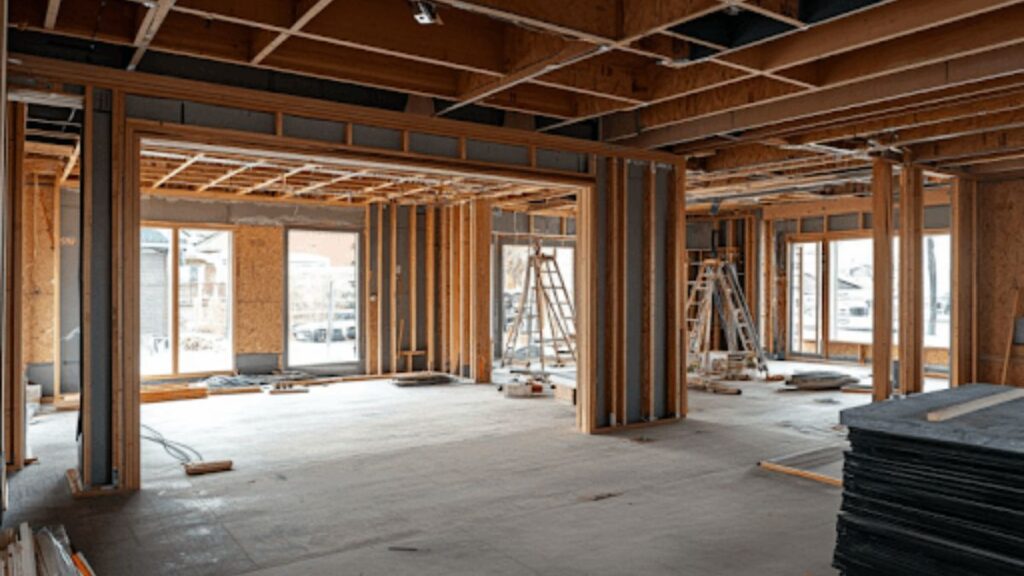There’s a rotten little surprise that can spoil even the cleanest schedule: the crew standing around because the wrong boards arrived, or because the count missed a bank of headers. A solid Lumber Takeoff prevents that kind of day-ruining chaos. It sounds boring — counting studs, plates, rafters — but it’s the single most practical lever you have to tighten planning, reduce site interruptions, and make bids actually reflect what happens in the yard.
I remember a two-week job where the foreman cursed the takeoff so loudly I thought the windows might rattle. We were short a dozen 2x10s because someone had assumed the same header type across every opening. That error cost us a day, a rush delivery, and goodwill. After that mess, we rewrote how we did takeoffs. The next three projects ran smoothly. Why? Because the takeoff became the place where assumptions were forced into daylight instead of being whispered in the estimating room.
Why takeoffs are the backbone of planning
A Lumber Takeoff isn’t just a list for purchasing. It’s a planning document. It tells procurement what to buy, scheduling what to expect, and crews what to stage. When the takeoff is sloppy, all three of those functions suffer. When it’s done right, the schedule mirrors reality more closely.
Good takeoffs reduce surprises in three ways. First, they make orders more accurate — less waste, fewer emergency runs. Second, they feed cleaner data to whoever prices the job; whether that’s your in-house estimator or a Lumber Takeoff, good inputs produce reliable outputs. Third, they give the project team a shared starting point for sequencing work and ordering long-lead items. That shared understanding is worth its weight in saved hours.
Practical steps to improve your lumber takeoff
You don’t need fancy software to get better results. Consistency and a few disciplined habits go a long way. Start with this short routine and watch how much friction it removes across procurement and the field.
A simple, effective workflow
- Gather the master set: Collect the latest architectural, structural, and framing sheets plus any addenda. Mark the drawing revision on the takeoff header so nobody guesses which set you used.
- Layered counting: Do three passes — structure, openings, then small items — so the obvious pieces don’t hide the details. Keeping separate layers makes review faster and errors easier to find.
- Write assumptions down: Stock lengths, waste percentage, engineered members — put them on the first page. It’s a tiny habit that stops long email chains when the purchaser or a Construction Estimating Company partner asks, “Which lengths did you assume?”
These actions are quick, but they establish clarity. They force you to be explicit and make your takeoff legible to a teammate or external estimator.
Turning counts into buyer-friendly lists
Counting is step one; ordering is step two. Translating a takeoff into a procurement list that matches local stock patterns can cut waste dramatically. Instead of a raw list of varied cuts, group by common lengths and indicate how many of each length you’ll buy. Note special pieces and non-standard grades as remarks.
- Group items by stock length and grade to minimize cutting waste and improve yard pickup efficiency.
- Add a short “delivery preference” note for each major item (staged, split delivery, or bulk), so logistics don’t surprise the crew.
A tidy procurement list saves the purchaser’s time and reduces mistakes. It also makes the work you hand to a Construction Estimating Company or external Construction Estimating Services provider easier to price and verify.
Verification: the tiny checks that prevent big problems
Don’t send a takeoff to procurement without a short verification routine. It’s quick, and it prevents costly fixes.
Do these checks before you finalize:
- Reconcile total linear wall feet against your stud count at the chosen spacing. If the numbers diverge widely, you miscounted.
- Spot-check a few random wall segments and roof bays by recounting them from a fresh sheet.
- Confirm that small items — blocking, hangers, anchors — are present in your small-items layer.
A ten-minute review catches 70–80% of the typical errors that create on-site headaches.
How collaboration tightens the whole process
If you pass takeoffs to a Construction Estimating Company, make the handoff tidy: marked plans, a layered takeoff file, an assumption sheet, and a simple procurement table. If you use Construction Estimating Services, ask for their preferred file format before you compile the list. These tiny alignment steps eliminate the “which file did you use?” back-and-forth.
On the field side, involve the foreman early. A quick walk with plan pages in hand reveals real conditions — a bulkhead, an old beam, or an access issue — that a flat plan won’t show. When the foreman signs off, procurement orders are less likely to be wrong, and phasing plans stay realistic.
Small cultural changes with big returns
Make the takeoff a shared responsibility rather than a lonely task. Encourage a short peer-review habit: a colleague spends 10–15 minutes reviewing counts and assumptions. Keep an easily accessible log of lessons learned — what was missed and why — and update templates periodically.
These cultural shifts are low-cost and high-yield. They build institutional memory. They reduce bad calls under pressure. And they make working with external partners — a Construction Estimating Company or a provider of Construction Estimating Services — more efficient, because your inputs become consistent and defensible.
Conclusion
A reliable Lumber Takeoff keeps the schedule honest, cuts waste, and turns vague plans into practical orders. It’s the keystone for procurement, scheduling, and onsite productivity. Small habits — layered passes, explicit assumptions, purchase-ready lists, and quick verifications — make a huge difference. Pair those habits with tidy handoffs to your estimating partners, and you’ll see fewer change orders, fewer emergency pickups, and a calmer jobsite. Start with one project: tighten the takeoff, and watch how planning and execution fall into place.







